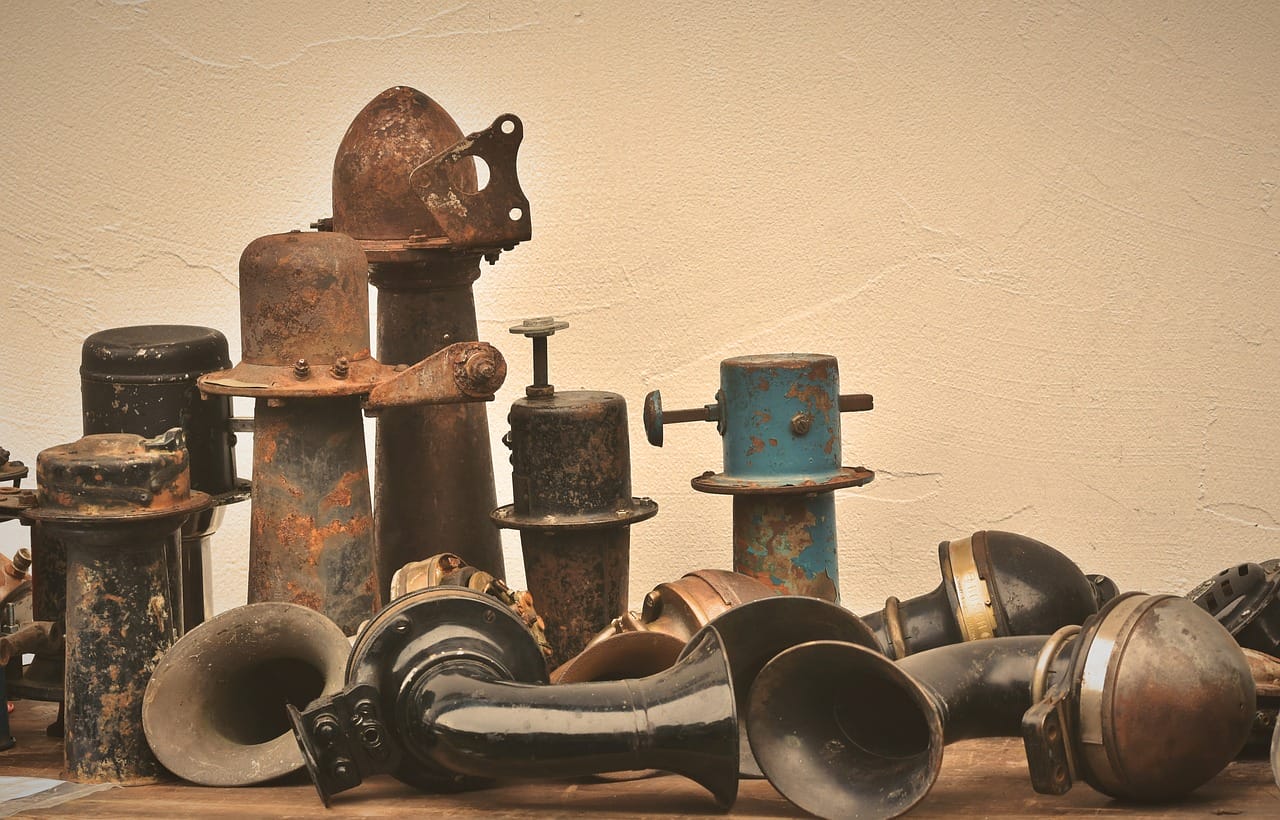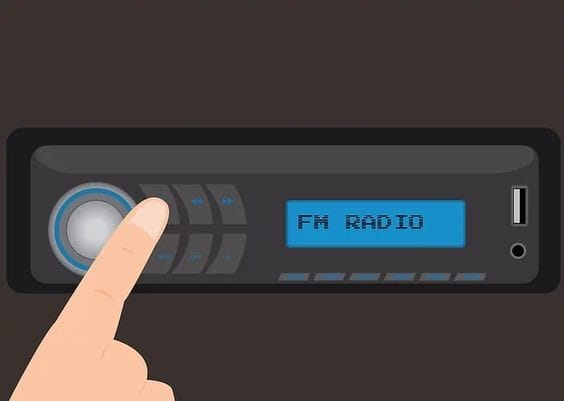Car Horn Replacement | Step By Step
The symphony of the city streets hums with engine purrs, tire whispers, and the occasional melodious honk. What happens when your car orchestra ceases to play, leaving a space of silence where your trusty beep once sounded? Let this guide be your conductor, helping you restore your vehicle’s voice and rejoin the chorus of the roads.
The car horn, a vital component of road safety, is a driver’s audible voice on the streets. Functional car horns are essential for ensuring a secure driving experience, whether signaling danger, indicating intentions, or simply communicating in traffic. Over time, wear and tear or electrical issues may necessitate the replacement of a car horn. Here, we’ll examine the causes of car horn malfunctions, the steps involved in replacing a horn, and tips on choosing a replacement horn.
Common reasons for car horn malfunctions:
Before initiating the replacement process, it’s crucial to comprehend the common causes of car horn malfunctions. Here are some prevalent reasons why a car horn may fail:
1. Electrical Issues
The horn’s functionality relies on a well-maintained electrical system. If the fuse blows, the relay fails, or the wiring is damaged, the circuit can be disrupted, resulting in an unusable horn. Regular electrical checks are crucial for ensuring a consistently operational horn.
2. Mechanical Wear and Tear
Internal components of the horn, such as the diaphragm and coil, can wear out over time. This wear and tear may result in a weakened or distorted horn sound. If the mechanical components are beyond repair, replacement becomes necessary.
3. Corrosion and Rust
Corrosion on electrical terminals, especially in regions with high humidity or exposure to salt (common in coastal areas or winter road treatments), can impede the flow of electrical current. This corrosion can affect the horn’s power and grounding, leading to a weak or non-existent sound.
4. Faulty Horn Switch
The horn switch on the steering wheel may become faulty due to wear, debris accumulation, or electrical issues. A malfunctioning switch can prevent the proper activation of the horn.
5. Environmental Factors
Exposure to extreme weather conditions, such as prolonged sunlight, heavy rain, or freezing temperatures, can affect the horn’s components. Environmental factors causing the moisture penetration or damage may require horn replacement.
The Car Horn Replacement Process:
Replacing a car horn can often be done as a DIY (do-it-yourself) task, provided you have a basic understanding of your vehicle’s electrical system and the necessary tools. Here is a step-by-step guide for car horn replacement:
Tools and Materials Needed:
- New car horn
- Wrench or socket set
- Screwdriver
- Wire stripper/crimper (if needed)
- Wire connectors (if needed)
Step 1: Identify the Old Horn’s Location
Locate the existing horn on your vehicle. Common locations include under the hood, behind the front grille, or in the engine compartment. Refer to your vehicle’s manual for specific instructions.
Step 2: Disconnect the Old Horn
Disconnect the wiring from the old horn. This usually involves removing a positive wire (often red) and a negative or ground wire (often black or brown). Remove the old horn by using a wrench or socket set to take out the mounting bolts.
Step 3: Remove the Old Horn
Carefully take out the old horn, noting how it was mounted. This will guide you when installing the new horn. Check for any corrosion or damage to the mounting area.
Step 4: Install the New Horn
Position the new horn in the same location where the old one was mounted. Secure it in place using the mounting bolts. Make sure it is firmly fastened to the vehicle’s frame.
Step 5: Connect the Wiring to the New Horn
Connect the wiring to the new horn. The positive wire typically connects to the terminal marked with a “+” symbol, and the negative wire connects to the terminal marked with a “-” symbol. If the new horn has a single wire, it may be grounded through its mounting bracket.
Step 6: Test the Horn
Test the horn by pressing the horn button on the steering wheel. Ensure that the new horn produces the expected sound. Double-check the wiring connections and ensure the horn is securely mounted if it doesn’t.
Step 7: Secure Wiring
Secure the wiring to prevent it from coming into contact with moving parts or hot surfaces in the engine compartment. Use wire ties or clips to keep the wiring organized and protected.
Step 8: Reconnect the Vehicle Battery
If you disconnected the vehicle battery during the installation, reconnect it. The horn gets power when the vehicle is in operation.
Step 9: Final Check
Perform a final check by pressing the horn button again to verify that the new horn is working correctly. Listen for any unusual sounds or vibrations.
Choosing the Right Replacement Horn:
Selecting the right replacement horn involves considering factors such as the type of horn, compatibility with your vehicle, and local regulations. Here are some tips for choosing the right replacement horn:
1. Type of Horn
Decide on the type of horn that suits your preferences and needs. Common types include single-tone horns, dual-tone horns, air horns, and musical horns. Think about the purpose and the sound qualities that match your preferences.
2. Compatibility
Ensure the replacement horn is compatible with your vehicle’s electrical system and mounting specifications. Check the horn’s voltage requirements and wiring connections to match those of your vehicle.
3. Sound Level
Pay attention to the decibel rating of the replacement horn. Excessively loud horns may breach noise regulations, even though it’s crucial for the horn to be audible. Choose a horn with a sound level that is effective for safety without causing unnecessary disturbance.
4. Quality and Durability
Opt for a replacement horn from a reputable brand known for producing reliable automotive components. Quality and durability are essential, especially since the horn is exposed to varying weather conditions and potential environmental stressors.
5. Legal Compliance
Be aware of local regulations regarding permissible horn sounds and decibel levels. Certain areas may enforce particular regulations regarding the use of car horns to minimize noise pollution and ensure a safe driving atmosphere. Choose a replacement horn that complies with these regulations to avoid legal issues.
6. Installation Ease
Consider the ease of installation, especially if you plan to replace the horn yourself. Some horns may need extra wiring or changes, while others can be easily installed by those with basic automotive knowledge. Check the installation instructions and feedback to evaluate the installation difficulty.
7. Purpose of Use
Determine the primary purpose for which you intend to use the horn. A standard horn might be enough for safety and alerting other drivers. If you want a horn with unique sound or musical capabilities, explore options that align with your preferences.
8. Budget
Set a budget for the new horn. Car horns come in a range of prices, and while it’s important to find one that meets your requirements, consider the overall value and quality within your budget.
9. Brand Reputation
Research and choose replacement horns from brands with a positive reputation for producing reliable automotive components. User reviews and recommendations can provide valuable insights into the performance and durability of specific horn models.
10. Consider Vehicle Modifications
If your vehicle has undergone aftermarket modifications or customizations, ensure that the replacement horn is compatible with these changes. The horn’s performance or installation may be affected by additional accessories or modifications.
The Final note:
In terms of road safety and communication, a fully functional car horn is a vital component. Drivers can maintain this essential safety feature by understanding why horns malfunction and systematically replacing them. It is important to consider compatibility, legal compliance, and personal preferences when choosing a replacement horn, whether it be a single-tone or dual-tone model.
Remember Honk responsibly and prioritize safety above all else. A functioning horn is more than just a noisemaker; it’s a crucial safety tool and a voice on the road. When you understand how it works and maintain it properly, you will be able to make your voice heard amongst the constant hum of traffic, keeping you and others safe. So, the next time the symphony of the road falls silent, you’ll be equipped to restore the harmony, one honk at a time.
Happy HoNk!






